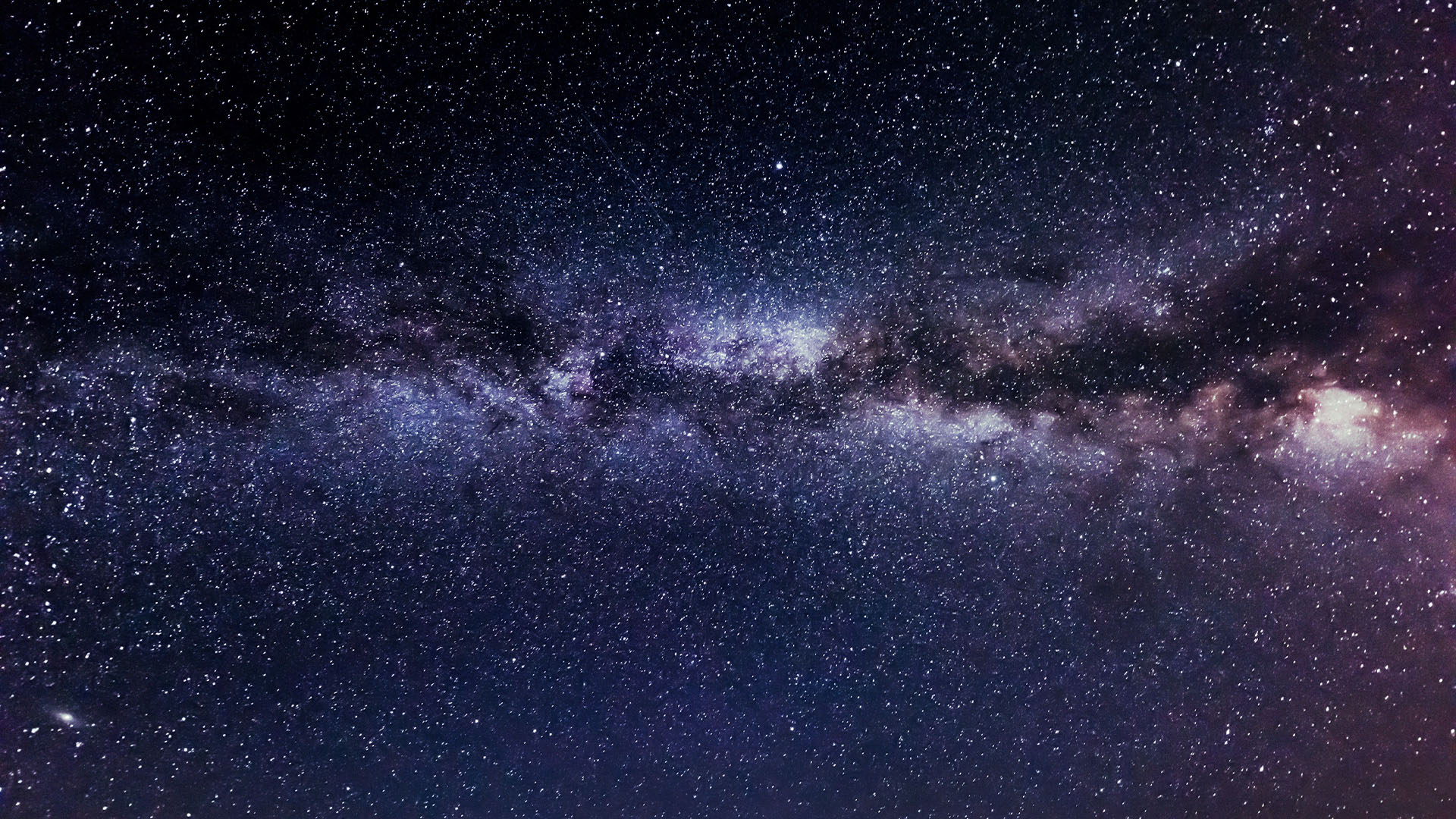
How far apart are stars?
Scientists have calculated the average distance between stars, but there's much more to star distribution than meets the eye.

Look up on a clear night, and you'll see thousands of stars blinking back at you. The trained eye can trace the brightest bodies to find everything from a great hunter to a mythological sea goat, but for most of us, it's just a dizzying array of dots. But how far apart are those stars?
The average distance between two stars in the Milky Way is around 5 light-years, or 29 trillion miles (47 trillion kilometers), according to the National Radio Astronomy Observatory.
However, the human eye doesn't really see that average. Our night-sky view is only a two-dimensional snapshot of the brightest stars. One visible star may actually be two bound together, and the individual stars in a constellation may be much farther apart than they appear.
"Don't ever trust constellations," Anna Rosen, an astrophysicist and assistant professor at San Diego State University, told Live Science. "If you see two stars next to each other on the sky, that's a 2D projection," she said. "You don't know if they're actually next to each other."
Related: Could a star ever become a planet?

The distance between stars varies considerably. The sun is about 4.25 light-years (25 trillion miles or 40 trillion km) away from its nearest stellar neighbor, Proxima Centauri, according to NASA. Proxima Centauri, on the other hand, is one of three stars in a system and only a fifth of a light-year away from its closest neighbors, according to Live Science's sister site Space.com.
The Centauri system shows that the average distance between stars across the galaxy doesn't paint a full picture of star distribution, which also changes over time. "If you take a closer look and you point telescopes at these regions at different evolutionary ages, it's more complicated," Rosen said.
Sign up for the Live Science daily newsletter now
Get the world’s most fascinating discoveries delivered straight to your inbox.
Stars are moving. Although we're too far away for our eyes to follow stars' movement — hence why we see constellations — we could if we lived long enough.
"All the stars seem very static, but if you would be able to travel through millennia, you would actually see that the shape of the constellations slowly change," Jos de Bruijne, an astronomer at the European Space Agency, told Live Science.
Researchers' current understanding is that most stars are born in clustered environments relatively close to one another, but over time, external influences in space, such as the overall gravitational field of the galaxy, can cause the stars to slowly disperse.
The Milky Way's strong gravitational pull usually stops the stars from drifting too far apart, and our galaxy isn't alone in that respect. De Bruijne noted that the average distance between stars in the Milky Way — 5 light-years — is also typical of the separation between stars in other galaxies. However, some stars can escape their home galaxies and their stellar neighbors.
Stars that accelerate to a high enough velocity will break free of their galaxy's gravitational pull. A mechanism for this to occur in the Milky Way involves the gigantic black hole at the heart of our galaxy. Dubbed Sagittarius A*, this cosmic behemoth is 4 million times the mass of the sun.
"If a star happens to be passing very close to that black hole, it will not be swallowed, but it will be heavily accelerated," de Bruijne said. "It will get some kind of slingshot acceleration in its velocity."
The stars that undergo this or another method of acceleration will slowly leave the galaxy. Once out, they may drift alone in the vast voids between galaxies, which can stretch for millions of light-years.

Patrick Pester is the trending news writer at Live Science. His work has appeared on other science websites, such as BBC Science Focus and Scientific American. Patrick retrained as a journalist after spending his early career working in zoos and wildlife conservation. He was awarded the Master's Excellence Scholarship to study at Cardiff University where he completed a master's degree in international journalism. He also has a second master's degree in biodiversity, evolution and conservation in action from Middlesex University London. When he isn't writing news, Patrick investigates the sale of human remains.









